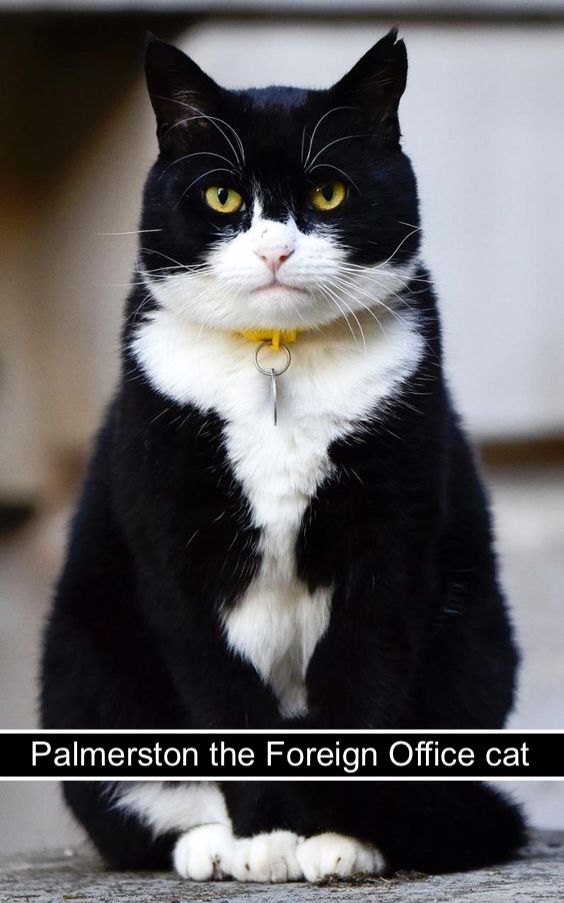A fifth (20 out of 100 cat owners) don’t realise that their cat is a carnivore so concludes a 2,000 cat owner survey by a cat food manufacturer, Lily’s Kitchen.
This lack of basic and essential knowledge on cat nutrition has some startling consequences.
Ten percent of British cat owners feed their cats raw vegetables while five percent feed salad leaves. Forty percent of cat owners never check cat food labelling and 64% are baffled by it. I have to say I can sympathise on that front. Pet food labelling and lists of nutrients and ingredients are indeed baffling. Something needs to be done about it urgently. Cat food labels should be layperson friendly. You should not need to be a cat food nutrition expert to understand the labels.
Five percent (one in twenty) cat owners in the UK select cat food by choosing the cheapest and fifteen percent (one in seven) seek out the best value by swapping brands.
The overall conclusion is that many of today’s UK cat owners have no idea what constitutes a healthy cat diet. Diet plays a major role in cat health. It depends upon your perspective and objectives (many veterinarians are beholden to pet food manufacturers and sell their products) but enlightened veterinarians without an axe to grind see too much poor quality cat food.
Some cheap cat foods have less than four percent meat content. And dry food has its drawbacks. Arguably the ‘epidemic’ in domestic cat obesity is in part caused by poor diet. And feline diabetes is put down by some to dry cat food. Also, IBD has been put down to dry cat food by one veterinarian:
“Almost everything in commercial dry foods and even most wet foods is capable of causing an allergic reaction in the cat….there is nothing about the ingredients or formulation of dry cat foods that make them suitable for the cat…” (Your Cat by Elizabeth M Hodgkins DVM).
Also feline bladder problems are blamed on modern high carb dry diets. The survey found that forty percent (40%) of cat owners share their meals with their cat; one third (33%) giving them cheese not knowing that large amounts can cause ill-health.
Five percent offer their cats chocolate which is another hazardous food for cats as it contains caffeine and theobromine. One cat owner claimed their cat likes to eat fruitcake.
Remarkably but unsurprisingly one-fifth of cat owners have taken their cat to their veterinarian after eating unsuitable foods while 28% admitted that their cat is overweight or diabetic and suffering from skin conditions.
Sixty-seven percent (67%) said they would not feed their cat animal carcasses and body parts not knowing that these are often in cat foods.
One the bright side one third of Brits worry that their cat’s diet is not as good as it might be. I can see that too. I believe that there are too many poor quality products available. Pet food manufacturers need to do better.
Lily’s Kitchen make high quality cat foods. They say:
“What concerns us most is the amount of ‘nasties’ that are contained in some of the mass-produced cat food available in UK supermarkets, including cheap bulking ingredients such as cereals, which cats can find difficult to digest…Cat owners don’t stand a chance when the labelling is so misleading and doesn’t state clearly what the packet or tin contains.”
Agreed. Lily’s Kitchen have introduced a new range of cat foods, Suppurrs Stew containing 33% shredded chicken fillets with no meat-meal, bone-meal or fish-meal or rendered meat.
A remarkably high percent of cat owners feed their cats unsuitable foods as the list below highlights.
- Cream – 73 per cent
- Cheese – 73 per cent
- Custard – 70 per cent
- Milk – 66 per cent
- Raw chicken – 70 per cent
- Grapes – 60 per cent
- Raisins – 60 per cent
- Garlic – 58 per cent
- Onions – 56 per cent
- Coffee/tea – 49 per cent
- Alcohol – 39 per cent
- Chocolate – 38 per cent
The overall conclusion is that cat owners need to brush up on their knowledge of cat nutrition. I suspect that this lack of knowledge also concerns other aspects of cat caretaking such as behaviour and hazards outside. I see a need for formal training of cat owners before they adopt a cat. Standards need to be raised for many reasons, primarily in the interests of cat welfare.




I don’t think you are anally retentive but you are definitely educated.
I must be a well educated anal retentive cat owner. I monitor every bite that goes in their bowls. I’ve been known to toss 3 dollar cans of cat food because I didn’t heal the seal break when I popped the lid. I read the ingredients on everything. That said two of my cats love a few licks of cream and BabyMook will circle for a smidge of butter.
I believe one of the tasks for keeping an indoor cat truly happy is a diet that satisfies their true needs not the ones assigned to them by some pet food company. Animals that feel right nutritionally tend to be happier mentally as well and more content. We talk a lot about proper mental stimulation for a house cat but seldom talk about the food then need to feel right.
🙂 Yes, when I read it is gave me an attack of angina!
Thanks. The pet food manufacturers rely on ignorance in their customers to sell products which could be a lot better.
This article is very thorough and good job, Michael.
All I can add is that the list of unacceptable foods, with percentages of people who allow, is enough to give any caretaker a stroke.
Michael, I totally agree with your conclusion about cat nutrition and overall standards of cat caretaking.💜💜🐾